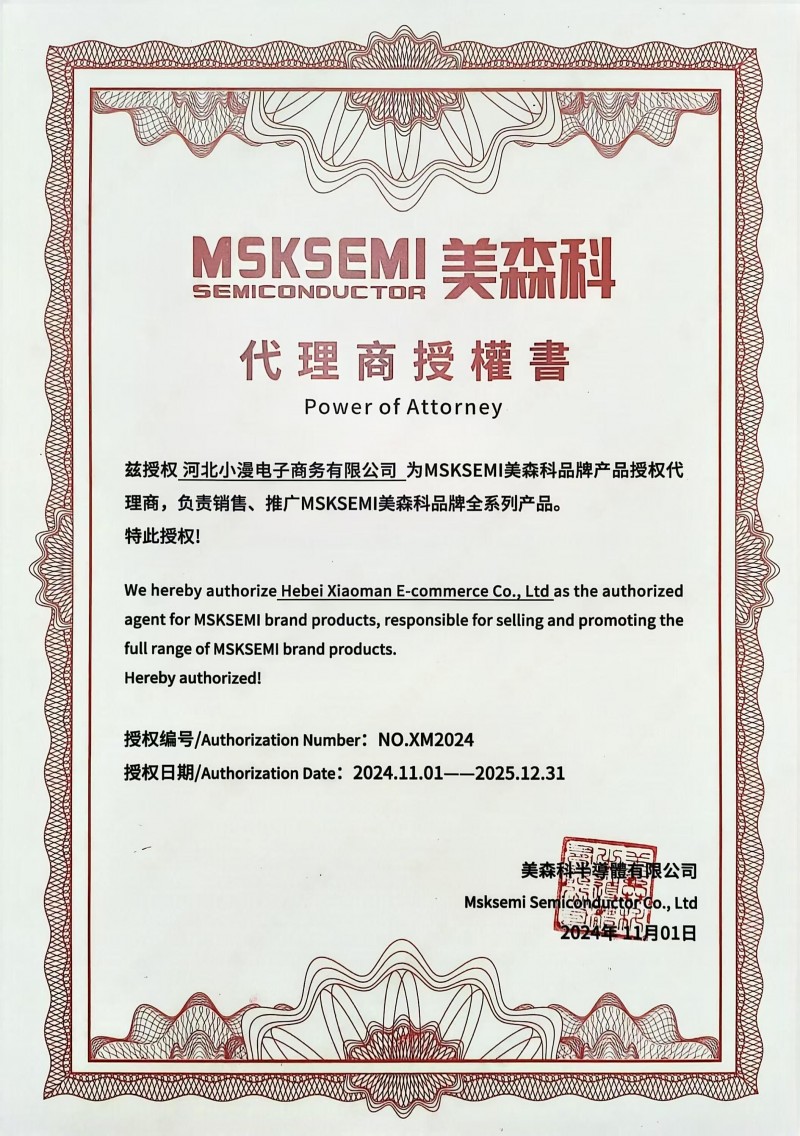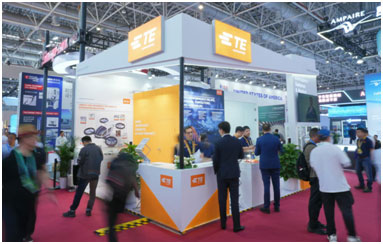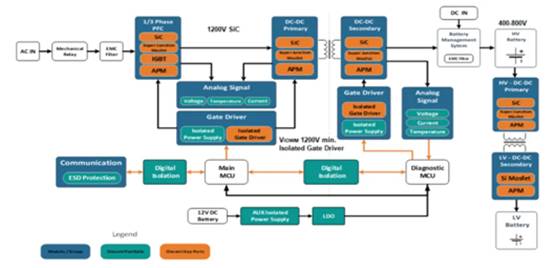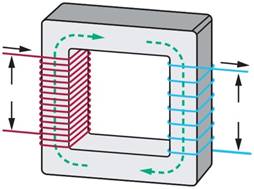镀24K金’雪花’进步石墨的电学功能
24-carat Gold ‘Snowflakes’ Improve Graphene’s Electrical ProperTIes
— In an effort to make graphene more useful in electronics applicaTIons, Kansas State University engineers made a golden discovery — gold “snowflakes” on graphene.
Vikas Berry is a K-State assistant professor of chemical engineering who works with graphene, a carbon material only a single atom thick and discovered just five years ago. To funcTIonalize graphene with gold — thus controlling its electronics properTIes — Berry and Kabeer Jasuja, a K-State doctoral student in chemical engineering, imbedded gold on graphene.
To do this, the engineers placed the graphene oxide sheets in a gold ion solution that had a growth catalyst. Here, the atomically thick sheets swim and bathe in a pool of chemicals.
“Graphene-derivatives act like swimming molecular carpets when in solution and exhibit fascinating physiochemical behavior,” Berry said. “If we change the surface functionality or the concentration, we can control their properties.”
They found that rather than distributing itself evenly over graphene, the gold formed islands on the sheets’ surfaces. They named these islands snowflake-shaped gold nanostars, or SFGNs.
“So we started exploring how these gold nanostars are formed,” Berry said. “We found out that nanostars with no surface functionality are rather challenging to produce by other chemical processes. We can control the size of these nanostars and have characterized the mechanism of nucleation and growth of these nanostructures. It’s similar to the mechanism that forms real snowflakes.”
Berry said the presence of graphene is critical for the formation of the gold nanostars. “If graphene is absent, the gold would clump together and settle down as big chunks,” he said. “But the graphene helps in stabilizing the gold. This makes the nanostars more useful for electronic applications.”
In July, Jasuja and Berry published their work in the journal ACS-Nano.
The discovery of these gold “snowflakes” on graphene shows promise for biological devices as well as
electronics. Berry is attaching DNA to these gold islands to make DNA sensors. He is joined by Nihar Mohanty, a doctoral student in chemical engineering, and undergraduate researcher Ashvin Nagaraja, a senior in electrical engineering. Nagaraja is a 2004 Manhattan High School graduate.
Berry said graphene-gold based DNA sensors will have enhanced sensitivity. Chemically reducing graphene oxide to obtain graphene requires harsh chemicals that destroy the DNA.
“Now we can use the harsh chemicals on graphene oxide imbedded with gold to obtain graphene with gold islands. Then we can use these gold islands to functionalize DNA.”
Berry also is using graphene in conjunction with microwaves. He and Jasuja are “cooking” the graphene sheets as another way to produce particles on the material’s surface.
Some of Berry’s other graphene research involves using the modified graphene sheets to compartmentalize a coagulating solution, thus stabilizing it. His group has recently used hydrides to reduce graphene oxide to produce reduced graphene oxide in the matter of a few seconds. The graphene produced in this way can remain stable in the solution for several days. Further results will shortly appear in the journal Small
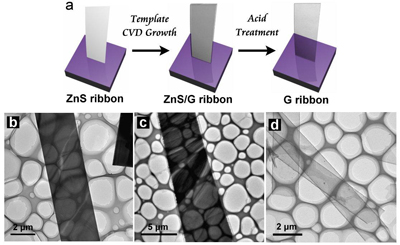
Discovered only five years ago, graphene has captured the attention of a large number of researchers who are studying its exceptional electrical, mechanical and optical properties, Berry said. His research group is among the few studying the material’s interfacial properties and biological applications.
“We’re entering a new era,” Berry said. “From the zero-dimensional or one-dimensional molecular or polymer solutions, we are now venturing into the two-dimensional graphene solutions, which have fascinating new properties.”
24-克拉黄金’雪片’改进 Graphene 的电特性
—为了在电子学请求中让 graphene 变成更有用,堪萨斯州立大学工程师作一项金的发现--在 graphene 上的金色 ” 雪片 “。
Vikas 草莓类植物是以 graphene 作业的化学工程的 a K-州助理教授,碳资料只要一粒原子厚的并且只要五年前发现。用黄金使起作用 graphene --如此操控它的电子学特性--草莓类植物和 Kabeer Jasuja, a K-州博士的学生在化学工程,在 graphene 上使刺进黄金。
要做这,工程师放置了 graphene 氧化物有了一个成长催化剂的金色离子处理的床布。在这里,原子厚的床布在一个化学药品的池游水并且沭浴。
“Graphene-引出之物实施分子的地毯当在处理方面并且展示诱人的 physiochemical 行为, ” 草莓类植物说。” 假如咱们改动外表的功能性或许会集,咱们能操控他们的产业 ” 。
他们发现宁可超越均匀地在 graphene 之上分配它本身,黄金在床布外表上构成了岛。他们命名这些岛雪片形的金色 nanostars,或 SFGNs 。
” 因而咱们开端探求这些金色 nanostars 怎么被构成 ” ,草莓类植物说。”咱们发现 nanostars 有没有外表的功能性正在宁可应战出产其他化学的程序。咱们能操控这些 nanostars 的巨细并且表明成核和这些奈米结构的成长的机制的特征。它与构成真实的雪片的机制相似。”
草莓类植物说 graphene 的呈现对金色 nanostars 的构成紧要关头。”假如 graphene 缺席,黄金一同会栽成一丛并且安靖下来作为大大块, ” 他说。”可是 graphene 协助安稳黄金。这使电子的请求 nanostars 更有用。”
在七月、 Jasuja 和草莓类植物在 ACS-十亿分之一期刊中揭露他们的作业。
在 graphene 扮演上的这些金色 ” 雪片 ” 的发现为生物学的设备答应和
电子学。草莓类植物正在附上 DNA 到这些金色岛制作 DNA 感应器。他被 Nihar Mohanty 叁加,电机工程的化学工程,和大学部的研讨员 Ashvin Nagaraja 的一位博士的学生,一个年长者。Nagaraja 是一个 2004 曼哈坦中学毕业生。
草莓类植物说 graphene-黄金根底的 DNA 感应器将会进步灵敏。用化学削减 graphene 氧化物取得 graphene 需求损坏 DNA 的粗糙的化学药品。
”现在咱们能在与黄金一同使刺进用金色岛取得 graphene 的 graphene 氧化物上运用粗糙的化学药品。然后咱们能运用这些金色岛使起作用 DNA 。”
草莓类植物也正在连同微电波运用 graphene 。他和 Jasuja 正在 ” 烹饪 ” graphene 床布为别的的一个办法在资料外表上出产粒子。
一些草莓类植物的其他 graphene 研讨包含运用被批改的 graphene 床布区分凝聚处理,如此安稳它。他的小组最近现已用氢化物削减 graphene 氧化物在数秒的物质中出产缩小的 graphene 氧化物。这样被出产的 graphene 能在处理方面仍然安稳好几天。较进一步的成果不久将会在日记中呈现很小
只要五年前发现了, graphene 现已引起正在学习它的特别电、机械并且光学的特性的许多研讨员的留意,草莓类植物说。他的研讨小组在少量的个之中学习资料的外表间特性和生物学的请求。
” 咱们正在进入一个新时代 ” ,草莓类植物说。”从零-空间或直线的分子或聚合体处理,咱们现在正在进入有诱人的新产业的二维的 graphene 处理之内冒险一试. “



